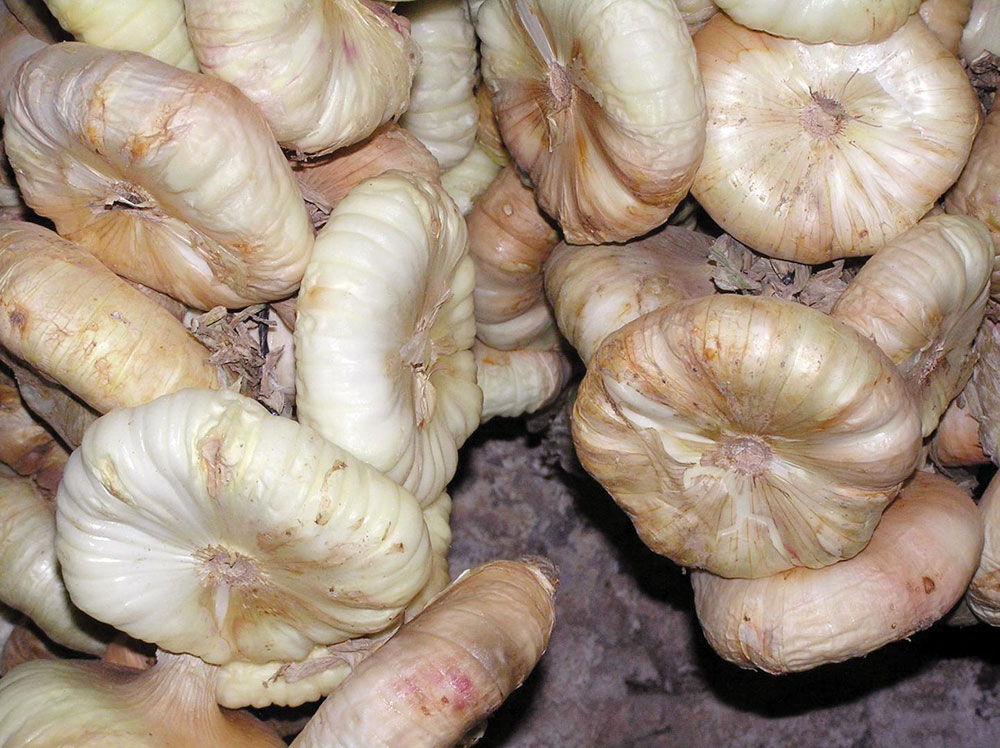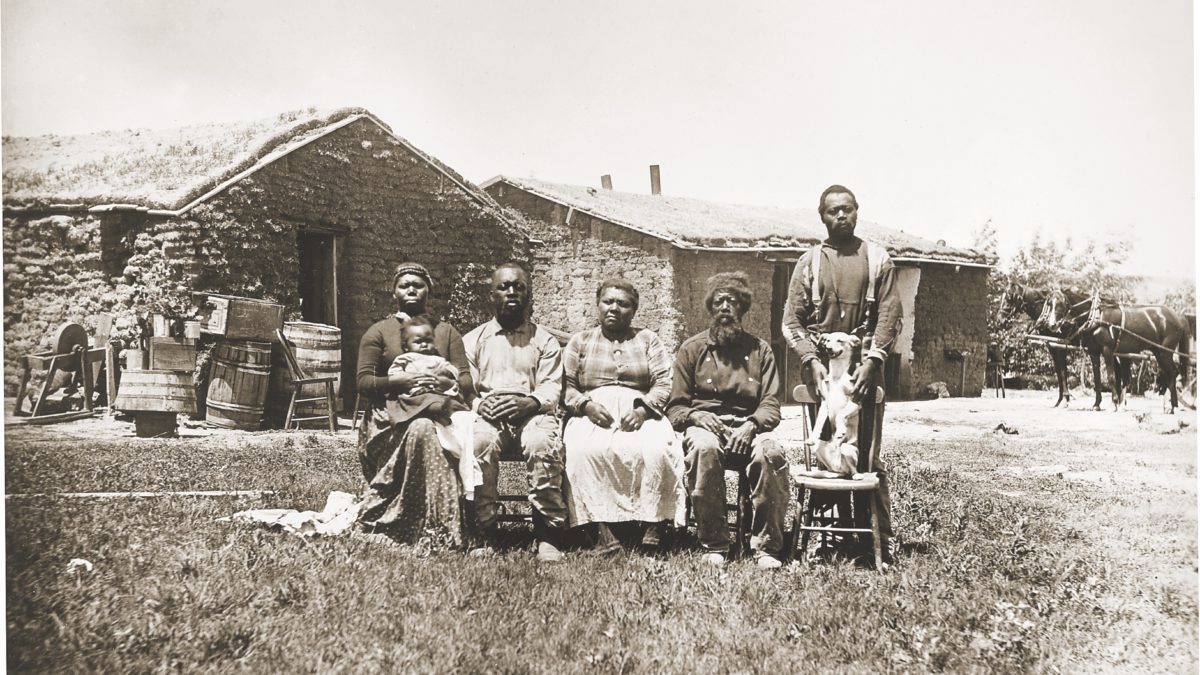The raw tomato since when?
- In the sixteenth century the American lands were watered with blood by those who went to conquer these worlds in the name of the king of Spain and a god. Sprinkle red and collect tomatoes (Solanum lycopersicum).

The tomato, apparently, was born in South America, but it is said that it was the work of the Mesoamericans its true domestication and its many variants. Large and small tomatoes, yellow tomatoes, black and red tomatoes, isolated grains and mulch tomatoes had many variations over many years. The current capital of Mexico, Tenochtitlán, was conquered and conquered in 1521 by Hernán Cortés. Tomato was an essential element in the culture of the area. He was soon taken to Europe, supposedly by the port of Seville. In the “Empire” of the Spaniards it spread at full speed: Europe, Caribbean, Philippines... The first written mentions of our continent are Italian (Pietro Andrea Mattioli, 1544). In Europe it was better known as an ornamental plant than as a food. It didn't look like any fruit they ate beforehand: it was bitter in the greens and vanished in maturity, soft and dirty.
It appears that the tomato was soon attached to the eggplant (Solanum melonge), but the recently arrived potato (Solanum tuberosum) and, above all, to the belaiki or belladona (Atropa belladonna), which resembled the poison, cost it to expand the kitchen. What the Spaniards tasted and learned in America became little by little popular in Europe through the elaboration of a “tomato sauce to the Spanish”. As was done in salsa, the aspect of the tomato grain was not important and was done on the edge of the field of corn beans, without removing, as now the pumpkins (Cucurbita pepo). And for centuries, it's not eaten raw, probably the best way to taste tomato.
For centuries, I've met people who didn't eat tomato crude. As a child, in our house, instead of salt oil to feed your tomato raw, it was sweetened with sugar. Although all the siblings went into salt oils, for a while one of our siblings continued to eat with sugar. And our grandfather Benito liked the raw tomato for the first time at the age of 80. In our culture, raw tomato has made the way, but it has done so: in recent years it is the queen of our orchards.
It has small, hairy leaves on the bottom and extends the head between 20 and 40 cm. It's known as Bulgarian Viagra, Scarid Sideritis. It's a blue-like plant, because its hair gives it a bluish color. It lives in the rocky spots of the high mountains and everyone who has lived in... [+]
"Pain is pain, it's not guindilla, it's skirts and it's not lady, it's burrs and it's not man." It is an invention received by the fraile Kandido Izagirre. The answer, as she says: chives. The onion or the trick, Allium cepa, has just crouched. The onion has an upright moño leaf on... [+]
Hiri handitik ezin ateratzeak ernatu du nigan berde behar bitxi bat, orain artean sekula ezagutu gabea. Ados, beti izan zait atsegingarri berdetasuna begiestea mendian, basoan, golf zelaian, baina oraingo hau da, seguru obligazioak behartua, ia-ia bitala, arnasten dugun airea... [+]
AEBetako hiri baratzeei buruzko erreportajeetan jende beltzik ikusi baduzu seguru izan dela bazterketa sozialari aurre egiteko edo ezintasunen bat duten pertsonak bergizarteratzeko programaren baten baitan. Baina beltz bat abeltzain edo gari soro baten jabe? Aldiz, historian ez... [+]





















